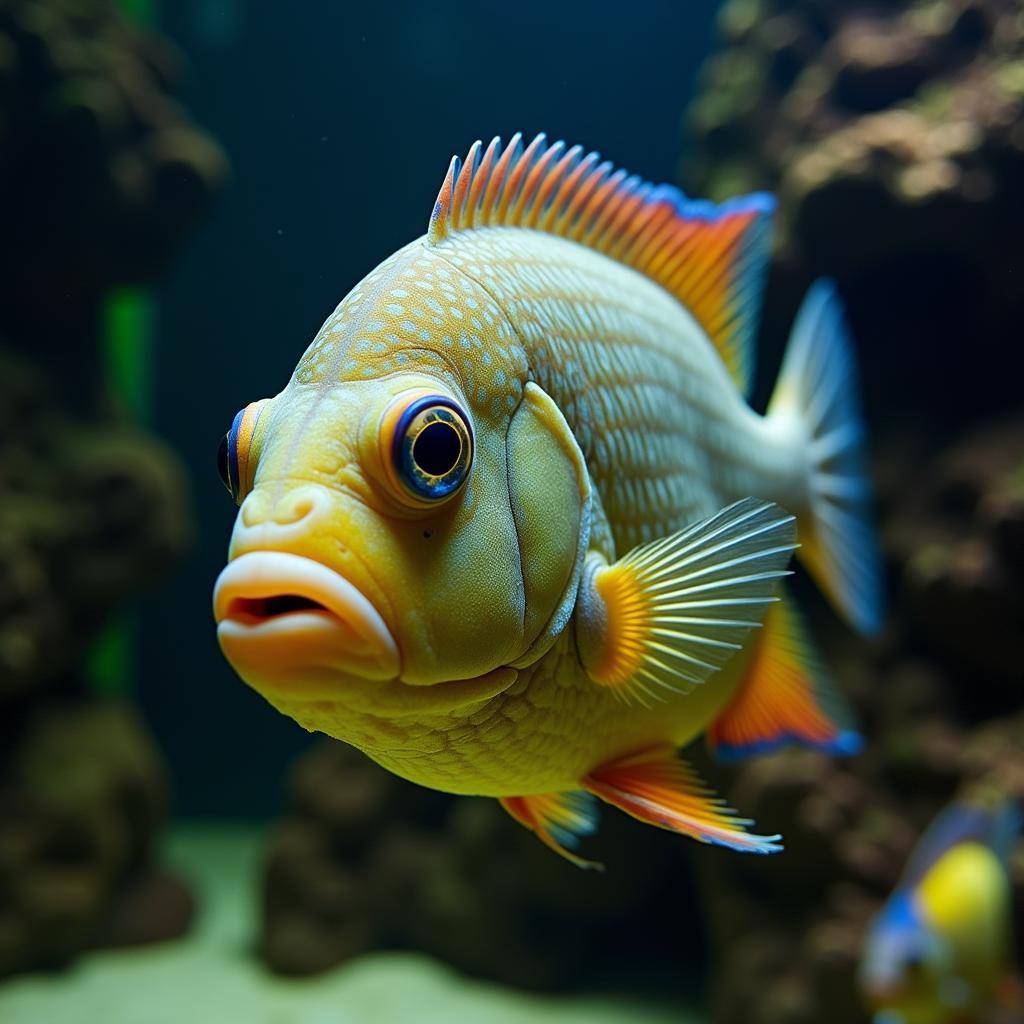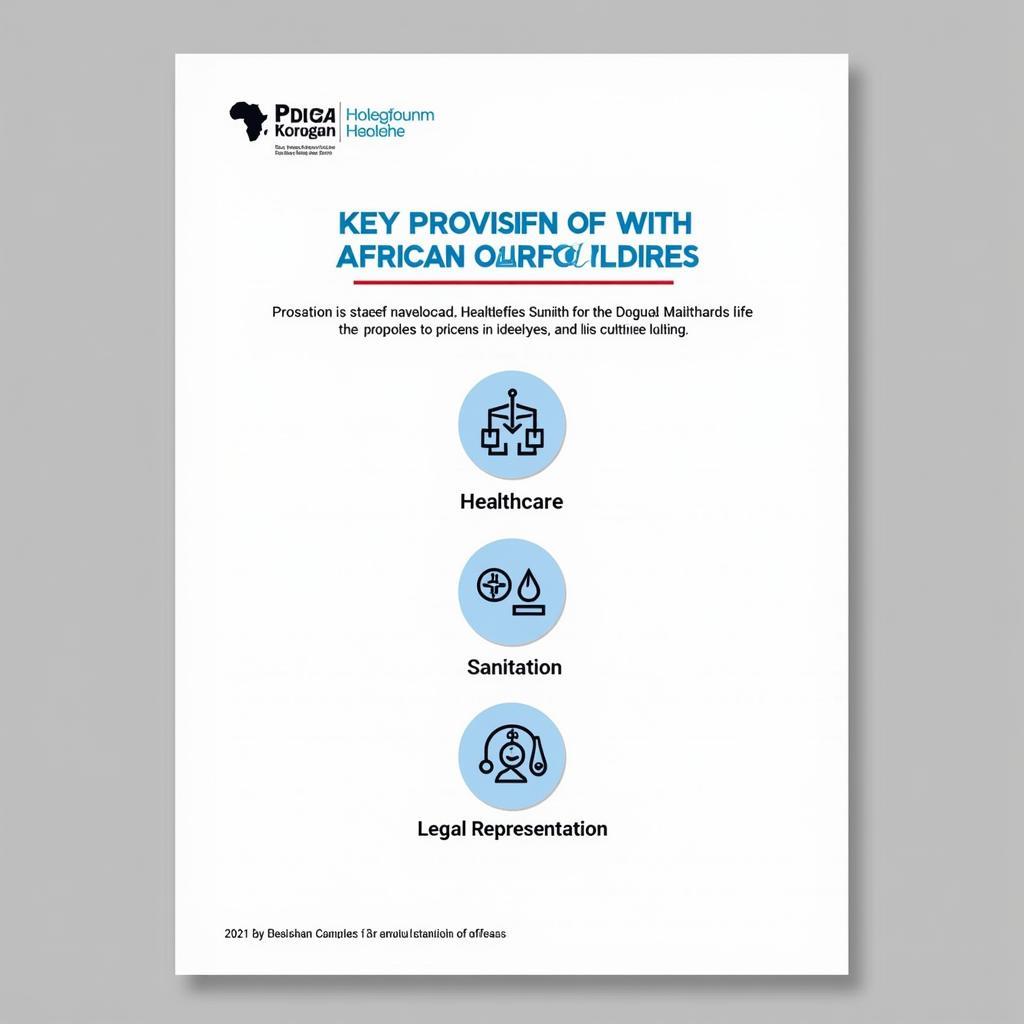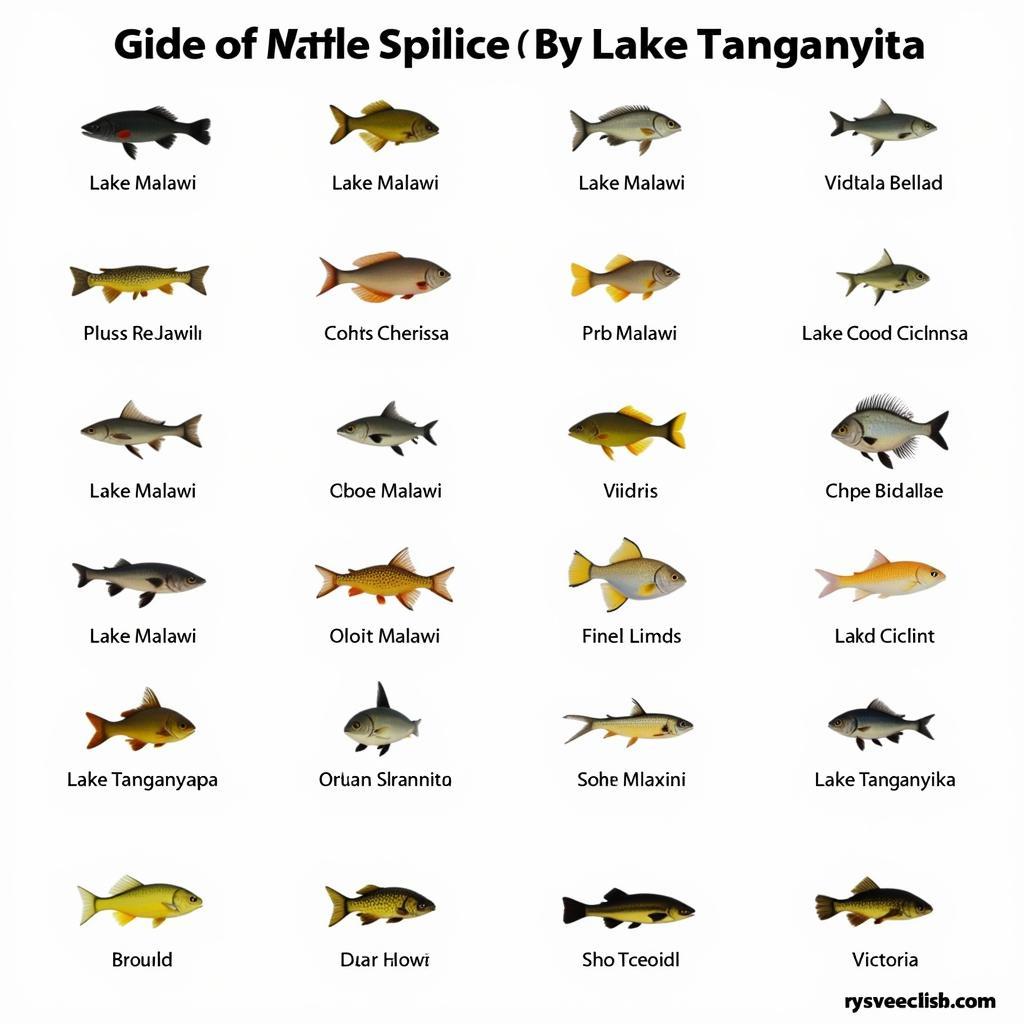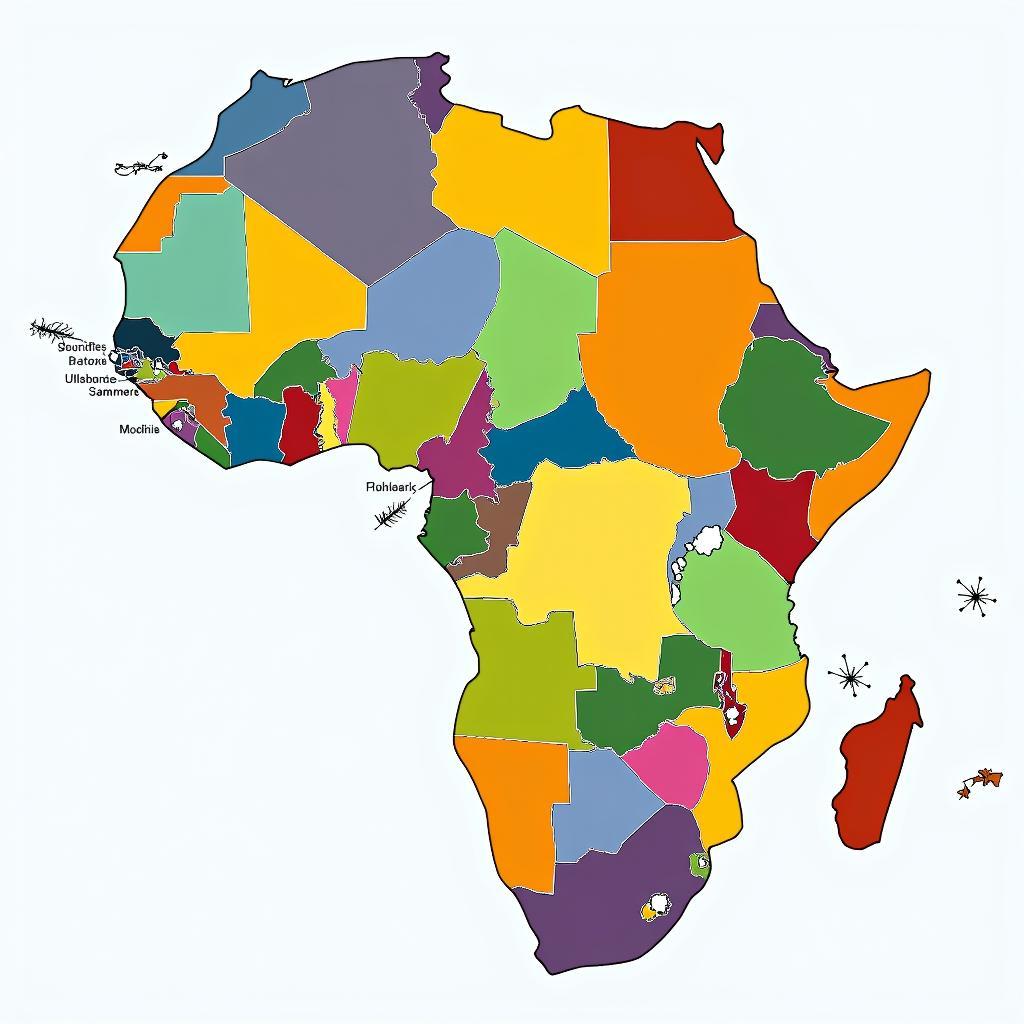Exploring the African Big Game
The African Big Game represents a breathtaking array of wildlife, drawing visitors from across the globe to witness their majesty. From the powerful lion to the elusive leopard, these creatures embody the spirit of the African savanna. This article will delve into the world of the African big game, exploring their unique characteristics, conservation efforts, and the impact of tourism.
The African savanna teems with life, showcasing a stunning diversity of species. But among these, the “Big Five” hold a special place in the imagination. These iconic animals – the lion, elephant, leopard, rhinoceros, and Cape buffalo – earned their title from big game hunters of the past, not for their size alone, but for the difficulty and danger involved in hunting them on foot. Today, “African big game” encapsulates a broader spectrum of fascinating creatures, including giraffes, zebras, hippos, and various antelope species. Experiencing these animals in their natural habitat is a truly unforgettable experience. Soon after writing this article, I will be checking out some African game species.
The Majesty of the Big Five
The lion, the king of the beasts, reigns supreme with its powerful roar and regal presence. Elephants, gentle giants, roam the savanna in matriarchal herds, their immense size a testament to their strength and resilience. The elusive leopard, a master of camouflage, stalks its prey with stealth and precision. Rhinos, both black and white, face an ongoing battle against poaching for their horns. Lastly, the Cape buffalo, often underestimated, boasts a formidable temperament and sharp horns, making it a worthy member of the Big Five.
Understanding the Lion’s Social Structure
Lions live in complex social structures called prides, typically consisting of related females, their cubs, and a coalition of males. This cooperative living allows for efficient hunting and protection of young.
Beyond the Big Five: Other Remarkable Wildlife
Beyond the Big Five, a wealth of other incredible animals call Africa home. Giraffes gracefully browse on acacia trees, their long necks reaching impressive heights. Zebras, with their distinctive stripes, roam in large herds, creating a mesmerizing spectacle. Hippos, despite their seemingly docile nature, can be surprisingly aggressive, especially when protecting their territory. Antelope species, such as the nimble impala and the majestic kudu, add to the rich tapestry of African wildlife.
The Importance of Conservation Efforts
Conservation efforts play a vital role in protecting the African big game from threats such as poaching, habitat loss, and human-wildlife conflict. Organizations and governments are working tirelessly to implement anti-poaching measures, establish protected areas, and promote sustainable tourism practices. You might be interested in learning about how African kids cheated in the name of european transfers.
The Impact of Tourism
Tourism plays a significant role in supporting conservation efforts and local communities. By generating revenue and creating jobs, tourism provides incentives for protecting wildlife and their habitats. However, it is crucial to ensure that tourism is managed responsibly to minimize its negative impacts. I recall a fascinating article on African big game hunting rifles which explored the historical impact of hunting on the continent’s wildlife.
Responsible Tourism Practices
Sustainable tourism practices, such as minimizing disturbance to wildlife, respecting local cultures, and supporting community-based initiatives, are essential for ensuring the long-term health of the African big game and the ecosystems they inhabit. Choosing eco-friendly lodges and tour operators can help travelers minimize their environmental footprint. For those interested in learning more about African wildlife, resources like African animals video for kids can be a great starting point.
Conclusion
The African big game represents an invaluable natural heritage. By supporting conservation efforts and practicing responsible tourism, we can help ensure that these magnificent creatures continue to roam the African savanna for generations to come. The experience of witnessing the African big game in their natural habitat is a privilege that should be cherished and protected. The thrill of seeing these animals in person is truly unparalleled, even rivaling the excitement of the African Handball Champions League 2018!
FAQ
- What are the Big Five animals? (Lion, elephant, leopard, rhinoceros, and Cape buffalo)
- What are some threats to the African big game? (Poaching, habitat loss, human-wildlife conflict)
- How can I contribute to conservation efforts? (Support reputable organizations, choose sustainable tourism options)
- What is responsible tourism? (Minimizing impact on wildlife and local communities)
- Where can I see the African big game? (Various national parks and reserves across Africa)
- What other animals can I see on an African safari? (Giraffes, zebras, hippos, various antelope species)
- How can I plan an eco-friendly safari? (Choose lodges and tour operators committed to sustainability)
For further information, consider exploring related articles on our website.
Need Assistance? Contact Us:
Phone: +255768904061
Email: [email protected]
Address: Mbarali DC Mawindi, Kangaga, Tanzania.
We have a 24/7 customer service team available.



